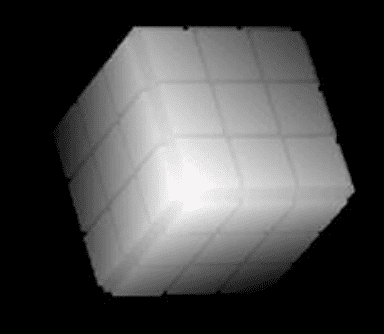In today’s world, artificial intelligence (AI) is revolutionizing creative fields in fascinating ways. One such groundbreaking exploration involves the collaboration between Chat GPT and Midjourney’s extensive AI toolbox. Chat GPT acts like an advanced thesaurus, capable of learning communication styles and tailoring responses to the user’s needs.
Initially, I thought about testing different versions of Chat GPT for the various versions of MidJourney. However, in hindsight, a well-trained Chat GPT could effectively serve the purpose for all of them. The training process involves acquainting ChatGPT with Midjourney’s functionalities by inputting the MidJourney documentation from the Help/FAQ section on MidJourney’s website. This allows the Chat to better understand and assist in tasks. For instance, I added “isolated and black background” to my prompts to create tee shirt art, and after training, Chat GPT followed suit.
Midjourney’s newer tools, such as /describe and 5.1, add another layer of depth to this process. With /describe, the AI can generate multiple prompt options based on a given image. 5.1 enhances rendering capabilities, especially for hands and eyes. Combining MidJourney’s /describe and Chat GPT, creates an interactive and dynamic environment that fosters creative output and informs users about AI advancements. Additionally, I can utilize the trained Chat GPT in the free Blue Willow and other AI Image generators.
The journey towards creating an AI Magic Eye involved training Chat GPT to grasp the concept of an Autostereogram—a single-image 3D model. The AI’s initial attempt was overly complex, but it learned to simplify its responses through continuous feedback and iterations. For example, users might input a request into MidJourney like: “Create a black and white image featuring a solitary wolf howling at the moon, isolated on a black background.”
Midjourney’s /describe tool played a crucial role in this process. When presented with a stereogram mask example, it often generated descriptions involving “ambient occlusion.” Chat GPT defined this as a 3D graphics technique that simulates how light interacts with objects and adds depth and volume to a scene. This concept closely aligned with the essence of a stereogram mask, and I used it to create a prompt template for the Mask.
Example Stereogram

Using Chat GPT, I found alternative words for “ambient occlusion,” namely “light map” and “environmental shadowing.” This allowed me to try other prompt templates for the Mask, utilizing variations on the concept of ambient occlusion.
An example prompt could be: “Create a very bright teddy bear shape in grayscale, in the style of ambient occlusion, isolated with a black background.” This prompt template could be adapted for various objects by simply replacing “Teddy Bear”. In my case, I often preferred V4, Med Stylization.
Teddy Bear Mask

The second step involved generating a Pattern, which was considerably more straightforward. While earlier versions of Midjourney excel at creating patterns, I chose to stick with 5.1 for this prompt, also developed by trained Chat GPT. The prompt for this task was relatively straightforward: “Create a pattern for a stereogram. The image should be chaotic and have high color variations, with no horizontal regions of the same color.”
Pattern

After extensive trial and error and back-and-forth with Chat GPT, AI-generated stereograms were finally brought to life using https://www.
This process exemplifies the potential of combining AI. In my opinion, it was not totally necessary to do this in the Stereogram example, but I learned a lot more about prompting and both platforms. To see more, or test my generated Masks, join me on MidJourney at Moshie#5177
If you forget how Stereograms work, hold your nose up to your screen, soften your gaze and back away…



Waiting for the day (if ever) when you can just write a prompt saying you want a stereogram of a(object) with (patterned object)!
I can’t believe it, but this is precisely what I was looking for this morning. Fantastic work.